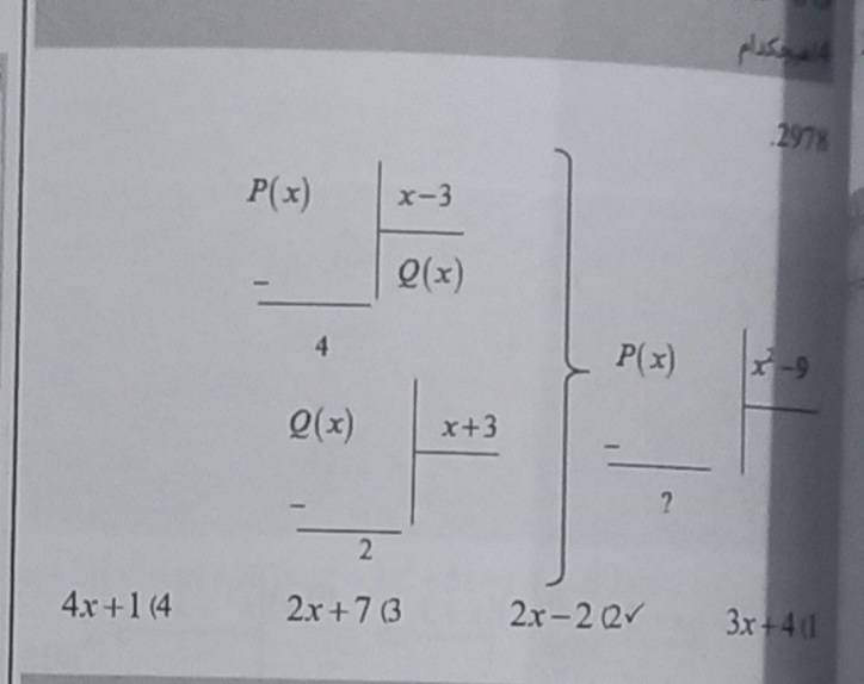
AllQuestion and Answers: Page 479
Question Number 171456 Answers: 1 Comments: 1

Question Number 171455 Answers: 1 Comments: 1
Question Number 174435 Answers: 0 Comments: 0
Question Number 171448 Answers: 0 Comments: 0
Question Number 171443 Answers: 2 Comments: 0

Question Number 171442 Answers: 0 Comments: 1

Question Number 171437 Answers: 2 Comments: 0
Question Number 171435 Answers: 1 Comments: 7
Question Number 171441 Answers: 0 Comments: 1
Question Number 171440 Answers: 0 Comments: 0

Question Number 171431 Answers: 0 Comments: 0

Question Number 171426 Answers: 0 Comments: 0

Question Number 171425 Answers: 0 Comments: 0

Question Number 171423 Answers: 0 Comments: 0

Question Number 171421 Answers: 0 Comments: 0
Question Number 171406 Answers: 1 Comments: 1
Question Number 171403 Answers: 1 Comments: 0
Question Number 171402 Answers: 2 Comments: 0
Question Number 171397 Answers: 0 Comments: 3
Question Number 171395 Answers: 1 Comments: 2
Question Number 171392 Answers: 0 Comments: 1
Question Number 171389 Answers: 0 Comments: 1
Question Number 171388 Answers: 1 Comments: 0
Question Number 171386 Answers: 0 Comments: 0
Question Number 171385 Answers: 3 Comments: 0
Question Number 171377 Answers: 0 Comments: 0

Pg 474 Pg 475 Pg 476 Pg 477 Pg 478 Pg 479 Pg 480 Pg 481 Pg 482 Pg 483
